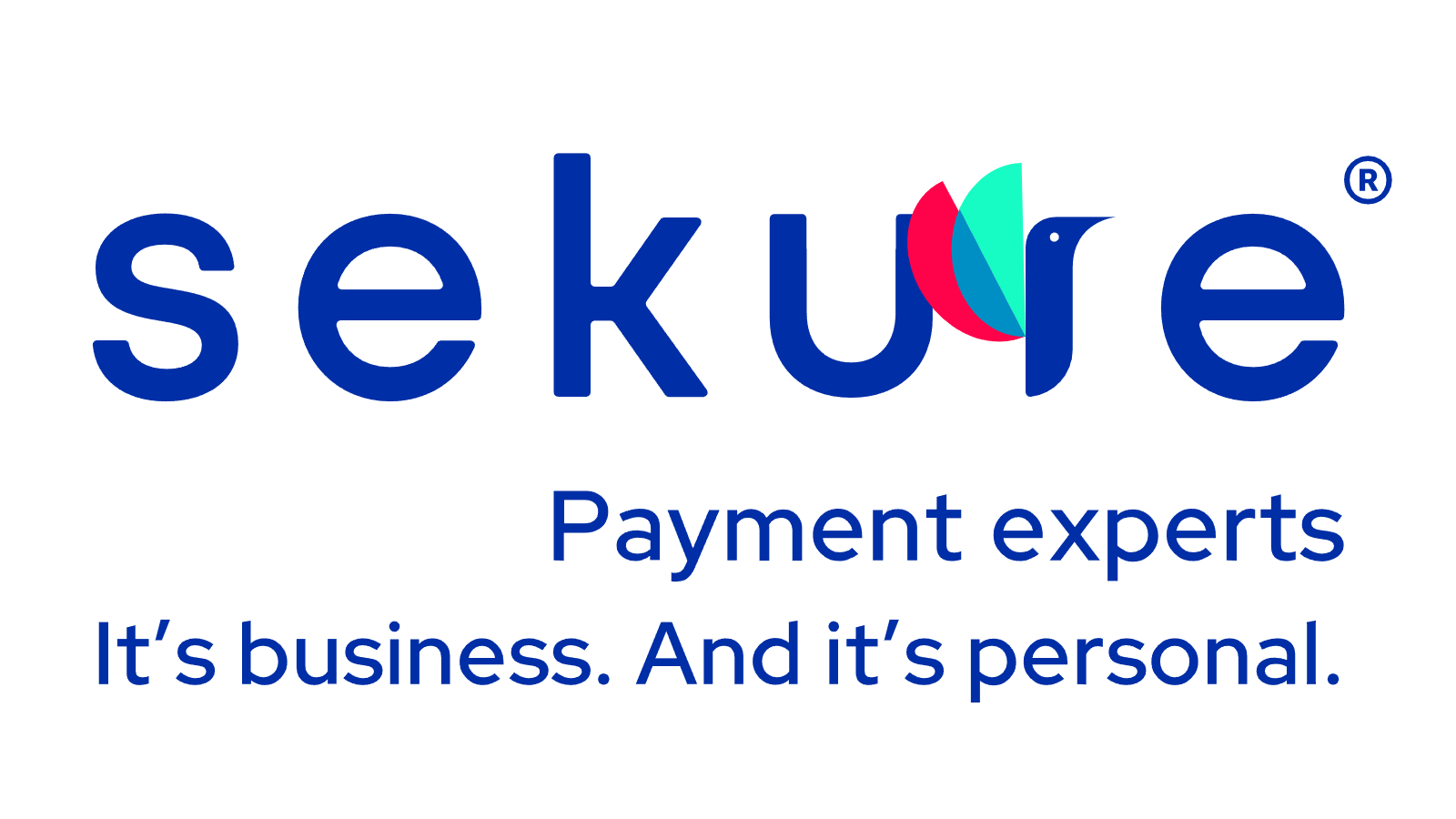If you’re a business owner, you know investing in the right tools can be crucial for your success. A key component of any retail or hospitality operation is the point of sale (POS) system. But how much does a POS system cost?
Unfortunately, the answer isn't straightforward, as the price can vary widely based on features, scalability, and specific business needs. Understanding the costs involved is essential for making an informed decision that aligns with your budget and operational goals. In this article, we'll break down the various factors that influence the cost of a POS system, helping you navigate your options and invest wisely.
Let’s dig in!
POS cost drivers and components
A POS system is a blend of hardware and software that helps you process transactions, manage sales, track inventory and organize customer data with both efficiency and ease. That means whether you’re a small retailer or a large enterprise, you can streamline operations and boost customer service through improved transaction management and data organization. As a result, POS systems are becoming increasingly popular. According to Precedence Research, the global market was valued at $13.74 billion in 2023, and it's set to almost double, reaching close to $30 billion by 2032.
The increased adoption of POS software among businesses highlights the importance of understanding pricing more widely. Why? Because mastering these basics helps you select a point of sale system that not only fits your budget but also improves operational efficiency and customer service. Understanding the cost breakdown and recognizing the key components that POS technology encompasses will be essential when it comes down to choosing your ideal system. Some of the components to consider include:
- Software: As the brains behind operations, POS software offers features from inventory management to sales analytics.
- Hardware: Ranging from basic terminals to advanced touchscreen setups, hardware caters to different business needs and budgets.
- Payment processing: The processing element influences costs through transaction fees and integration requirements.
These aren't the only cost factors to keep in mind when searching for the best POS solution and pricing. It’s also important to consider:
- Business type: Whether you're in retail or a restaurant owner, POS systems vary to suit specific industry needs. Some offer features tailored to streamline operations, while others focus on essential payment processing. This ultimately impacts their pricing strategies.
- Company size: The size of your business plays a role in costs, too. For instance, a POS provider will likely charge higher fees for multiple locations or extra terminals, so you can accommodate larger-scale operations with added convenience and support.
- Add-ons and integrations: Enhancements like inventory tracking, loyalty programs and compatibility with third-party software can boost functionality — but it’ll also likely increase costs. However, investing in such integrations helps tailor your POS system to meet unique business demands. And this helps boost your efficiency and customer satisfaction.
General POS system costs
While POS system costs can range widely based on the factors above, here's a general overview to give you an idea:
- Basic POS systems: For small businesses, entry-level systems can start as low as $0 to $1,000, including basic hardware (like a tablet and card reader) and essential software.
- Mid-range POS systems: These can range from $1,000 to $5,000, offering more advanced hardware options (like touchscreen terminals and receipt printers) and comprehensive software features.
- Advanced POS systems: For larger businesses or those with specialized needs, costs can exceed $5,000. These systems often include multiple terminals, custom software solutions and extensive support services.

POS software
Let’s begin with POS software and the associated costs. First, it’s important to note that there’s more than one type of POS system.
- Legacy POS software: This type often requires an upfront investment of $1,000 or more for hardware, plus additional licensing fees. While it may offer robust offline capabilities, it tends to be costlier initially with less room for growth and expansion.
- Cloud-based POS software: Hosted on remote servers and accessible via the internet, these systems generally have lower initial costs — some are even free. They use subscription-based pricing models, typically from $25 to $200 per month, that include updates and support. According to HotelTechReport, by the end of 2022, cloud-based POS systems made up 53% of the market — and this percentage is expected to grow.
- Hybrid POS software: Combining features of both legacy and cloud-based systems, hybrids offer flexibility in operations and cost management. They often combine upfront costs with lower monthly fees.
Subscription fees for POS software can vary significantly depending on the provider and the features included. Some providers offer flat monthly fees, covering a set range of features and support services. This makes it easier to predict expenses and budget accordingly.
Others use usage-based charges, where fees are calculated per transaction or per POS terminal. This can be beneficial for businesses with fluctuating sales volumes, as costs align more closely with actual usage.
Flexible pricing models are also available, allowing you to choose a plan that fits your specific operational needs and budget constraints. For instance, a small boutique might opt for a basic plan with just the essential features, while a larger retail chain may require a comprehensive plan with advanced inventory management and multi-location support.
POS hardware
When it comes to POS hardware, the equipment you choose is crucial. It directly impacts the efficiency and user experience of your system. So, what are the key components you'll need and their associated POS hardware costs?
- Card reader: To process credit and debit card payments, a card reader is essential and can cost anywhere from $0 to $300. The price of these depends on whether you need a basic model or a more advanced version with extra features.
- Tablet and stand: Modern POS systems often use tablets for mobility and ease of use. Expenses for this type of equipment can range from $200 to $1,000 based on brand, size, and functionality.
- Mobile POS technology: This allows you to process transactions on the go using smartphones or tablets, costing anywhere from $200 to $800. A mobile POS system is ideal for businesses needing flexibility, like food trucks or pop-up shops.
- Cash register or cash drawer: A cash register or drawer is critical for securely storing cash transactions. Keep in mind that basic models may be as little as $100, while more advanced, secure options can cost into the thousands.
- Receipt printer: You'll need a receipt printer to provide customers with records of their transactions. Prices range from $150 to $500, depending on the type of printing technology you're looking for — whether thermal, dot matrix or something else — as well as features like wireless connectivity.
Remember, your initial investment isn't the end of the story. You’ll also want to consider long-term POS hardware costs like regular maintenance. This keeps your equipment running smoothly and prevents service disruptions. Plus, technology is always evolving. This means periodic upgrades are an essential hardware cost to ensure compatibility with new payment methods and software updates. Considering these ongoing costs when budgeting will help you maximize the value of a POS system that meets your business's specific needs.
Payment processing
In terms of payment processing fees, understanding credit card transaction costs is crucial. Let's break down the various fees you can expect and how they impact your monthly bills:
- Assessment fees: Charged by the card networks, such as Visa or MasterCard, these fees are typically a small percentage of each transaction — and non-negotiable.
- Interchange fees: Paid to the card-issuing banks, interchange fees make up the bulk of credit card processing costs. They vary based on the type of card and transaction.
- Transaction fees: These cover the cost of each individual transaction processed. They’re typically either a flat transaction fee or a percentage of the amount.
- Merchant fees: These are the fees for maintaining your merchant account, such as monthly account fees, statement fees and other service charges.
- Other or hidden fees: Fees like chargebacks, PCI compliance or even account setup can sneak up and add to your costs. Read the fine print to avoid surprises.
In terms of pricing models, you typically have:
- Flat-rate pricing: A single rate applies to all transactions — typically 2.5% to 3.5% — making it simple to predict costs. While straightforward, this model may not always be the most cost-effective.
- Tiered pricing: Transactions are categorized into different rate tiers based on risk and type. For instance, swiped transactions might be cheaper than keyed-in ones. Costs can range from 1.5% to 3% for qualified transactions and higher for mid and nonqualified.
- Interchange-plus pricing: You pay the interchange fee plus a fixed markup, generally 0.2% to 0.5%. This approach can be more transparent and often more cost-effective for businesses with high sales volumes.
Moreover, several factors can affect your overall payment processing fees, including:
- Sales volume: Higher volumes can lead to lower per-transaction costs. Some POS providers may even offer volume discounts.
- Card type: The type of card used (i.e., credit, debit, or rewards) also impacts fees. Rewards cards, for example, tend to cost more to process because of higher interchange fees.
- Card network: Different card networks like Visa, MasterCard or American Express have varying fee structures to consider.
- Transaction type: The way the transaction is processed — whether in-person, online or keyed-in — can influence the final costs. As an example, online transactions often have higher fees due to increased risk.
By considering all the associated fees and selecting the right pricing model, you can better manage your expenses and optimize your payment processing strategy.
Choosing the best POS solution
With all the different POS system costs in mind, finding the right sales system for your business needs might seem overwhelming. Fortunately, there are several steps you can take to determine the ideal option. Here's how to get started:
Evaluate your business needs
First, think about what type of POS system you might need. For instance, restaurant POS software will likely differ from a retail POS system. Since your business has specific needs, it's crucial to identify the solution features that are essential for your operations.
Budget accordingly
Next, determine your available budget and financial resources. Allocate funds for both software and hardware and remember, it's not just about the initial costs. Consider long-term expenses like maintenance, upgrades, and scalability. A scalable system can grow with your business, saving you from costly overhauls in the future.
Assess your options
Once you understand your needs and budget, you can start assessing all of your options. Compare different POS systems by looking at their features, functionality, and ease of use. You can ask the following questions:
- Do they offer advanced inventory management?
- What does customer relationship management look like?
- Does the solution provide robust reporting capabilities?
Be sure to read customer reviews and seek recommendations along the way. Asking other business owners about their experiences is another great way to get the inside scoop on POS solutions that might work for you.
How to maximize ROI
Maximizing your return on investment (ROI) from your POS system involves more than just smart purchasing decisions; you need ongoing management and strategic actions. Here are some of the best practices to get the most value out of your chosen solution:
- Deduct payment processing fees: Deducting these fees from your taxes can significantly lower your taxable income. This saves your business money in the long term.
- Review your statements: Regularly review your statements, and keep a close eye on transaction fees and other charges. That way, you’re more likely to spot discrepancies and avoid unnecessary costs.
- Use a free savings analysis: Take advantage of tools like Sekure Payment Experts’ savings calculator to identify potential savings. It's a quick way to see where you can cut costs.
- Negotiate better rates: Don't be afraid to negotiate with your payment processor. Many are willing to offer lower rates to keep your business.
- Consider switching payment processors: If negotiations don’t work, consider switching to a new payment processor. New processors often provide competitive rates and incentives.
- Pass fees on to customers: Consider passing some fees on to customers to help offset processing costs. However, it’s important to use this strategy cautiously to avoid upsetting both loyal and new consumers.
By implementing these strategies, you can effectively manage your POS system expenses and retain more of your hard-earned revenue — potentially making a significant difference to your bottom line.
How much are POS systems total?
The total cost of a POS system can range anywhere from free to thousands of dollars, depending on the features, transaction fees and provider you choose. Finding the right POS system boils down to recognizing your business needs, budgeting wisely, and exploring options that deliver maximum ROI. Sekure specializes in helping merchants navigate this journey through tailored solutions — at affordable prices.
Partnering with us means gaining access to better rates and smart management strategies that effectively lower your ongoing costs. Whether it's helping businesses find the right POS system for their unique needs or negotiating competitive rates, we empower businesses to save money and boost operational efficiency.
Ready to get the most value from your POS investments? Let's talk.
Categories

